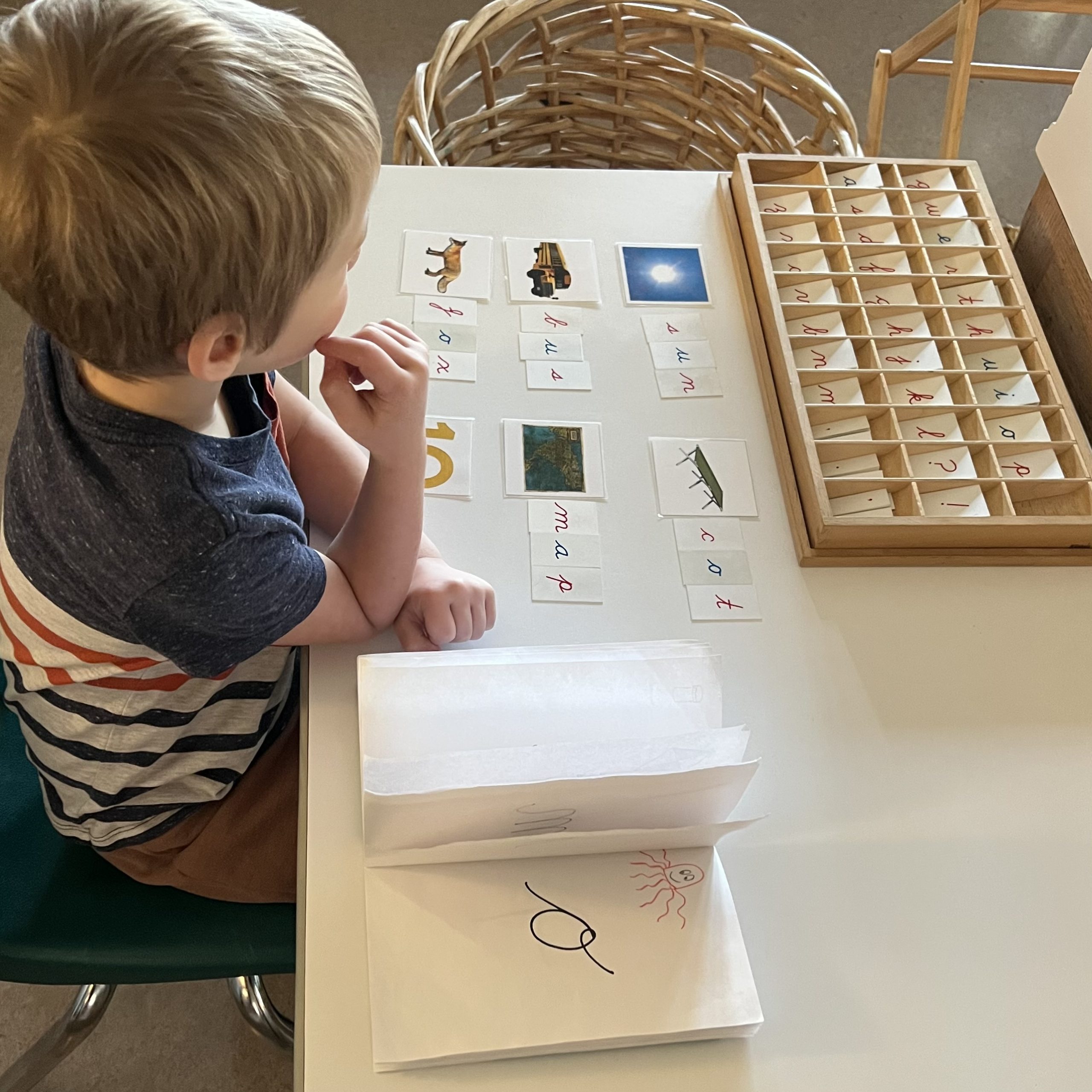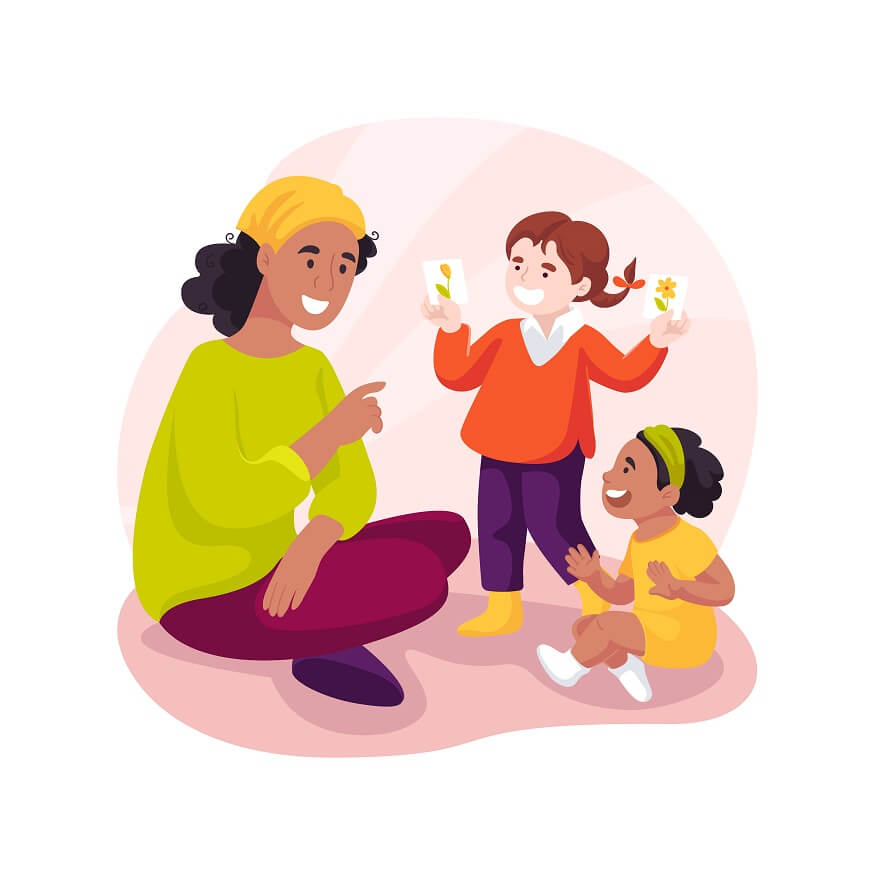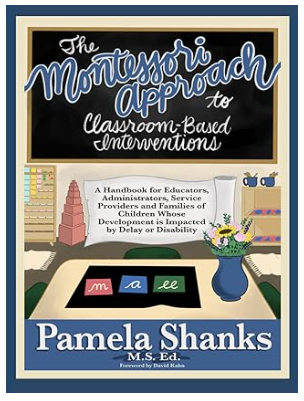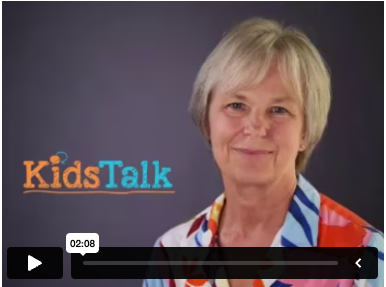By Jennifer Baker Powers, M.Ed.
A Montessori classroom is by design an extension of the home and family environment. Just as the child learns developmentally appropriate practical life skills at school, the Montessori classroom also provides ample opportunity for learning social skills and relationship navigation. The mixed-aged classroom, a unique hallmark of any Montessori environment, may in many respects mimic the dynamics of siblings in a household. If this is true, you may ask, then why does my child behave so differently at school with his friends than he does at home with his siblings?
Here’s a quick background about how it came to be that Montessori classrooms have mixed -aged groupings and the benefits of such an arrangement. In 1907, when Dr. Montessori opened the doors to her first classroom it was to address the problem of unattended street children in San Lorenzo, Italy “running amok”. While older elementary students were at school, traditionally mothers were home caring for the babies. This left the three, four and five year-olds to their own devices. Montessori created a space for these children of the street and after observed success of this arrangement, continued to implement the mixed-aged structure.
The benefits of having children of varying ages together mimic many of the ways that children are understood to learn. Young children learn through observation. Children are allowed to politely watch other children work with materials and thus, learn by example. A younger child may watch an older child use a material and file that information away for when her opportunity arrives. Children begin to understand the cycle of activity and lessons that need to be practiced and repeated to get to the lessons that they see their older peers experiencing. In a Montessori classroom, older children are considered role models. Often, they teach by example and are even invited to give lessons to younger peers. Some of the social benefits include empathy, patience, opportunity for self-reflection and altruism. Again, you may ask, if my child is learning the grace and courtesy of childhood relationships at school why does he yell or hit his sister at home? The sibling relationships are complicated, but they are paramount for practicing the social skills children take out in public and are often foundational to future friendships. The relationships one has with siblings, whether tidy or complicated, are often the longest relationships a person has over the course of a lifetime.
Fussing and fighting is typical among siblings. Even hitting and acting out in anger is normal as young children especially are often still learning how to express big feelings. It is very likely that a child may experiment with cause and effect at home, while deciding if a tactic may work with a friend on the playground. Primary age children instinctively know that the boundaries and expectations of school where there is a classroom full of children, may not be applied in the same way at home. It is a child’s first social science experiment! As children grow, and move through Montessori’s stages of obedience, they become more adapt at looking at a peer’s perspective and emotions, and over time this extends to siblings as well.
Although the experience in a mixed-aged Montessori classroom definitively helps a child with her home relationships, there are other factors that play a role in household and sibling dynamics. These include birth order, rivalry, perceived or actual favoritism, as well as how a parent reacts, responds to and disciplines sisters and brothers. Additional factors such as personality, age differences, and family size also impact the relationships among brothers and sisters. It must be noted as well, that as parents we bring the baggage of our own sibling relationships to parenting our children.
Join the Raintree parent community for our first “Lunch and Learn” on Thursday, March 4th at noon to talk about sibling relationships and get some tips on how to navigate their complexity. In the meantime, here is a funny podcast about being the 7th born child.







